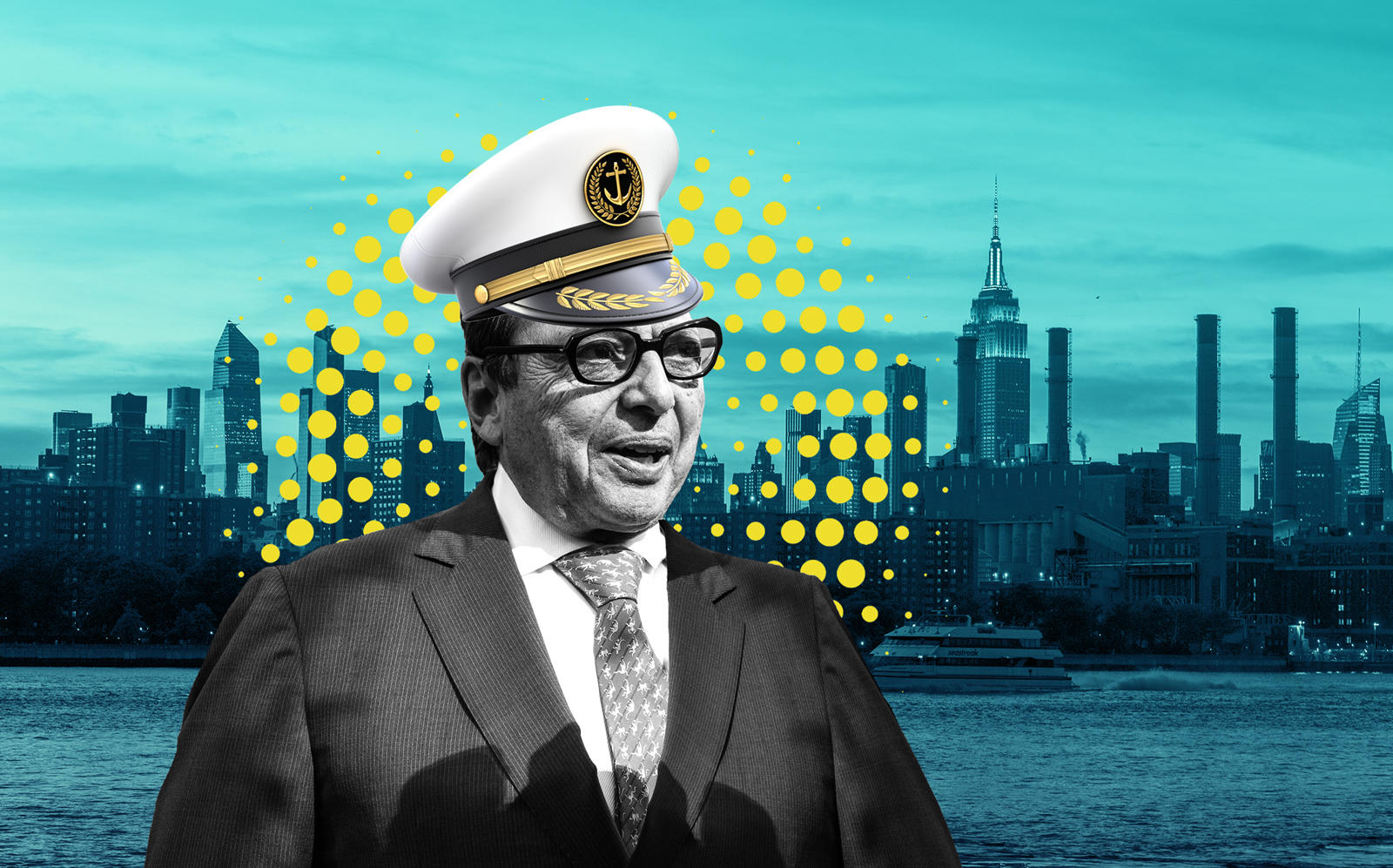 Durst wants to extend East River ferry service to UES
Durst wants to extend East River ferry service to UES
Trending
Mayor grants Durst Org its Astoria ferry wish
Developer, locals get boat route to Upper East Side

So close, yet so far away.
The ferry pier by Douglas Durst’s massive Astoria apartment project was just four minutes from the East 90th Street pier by boat, but an hour and 15 minutes by mass transit. Alas, the city’s ferry system did not connect the two.
So the Durst Organization put some wind into the sails of a campaign to have the ferries stop at the Upper East Side.
It worked. The route will debut Saturday.
Read more
 Durst wants to extend East River ferry service to UES
Durst wants to extend East River ferry service to UES
 Feud with de Blasio pushes Durst to shelve Halletts Point
Feud with de Blasio pushes Durst to shelve Halletts Point
 City Council launches probe into city pulling funding for Durst's Halletts Point project
City Council launches probe into city pulling funding for Durst's Halletts Point project
The new connection, announced Thursday, will not cost taxpayers a dime or add travel time to the Astoria route, which will run between East 90th Street and Pier 11, according to the Economic Development Corporation, the city agency that oversees NYC Ferry.
That’s because a major operating expense for the ferries is fuel, very little of which will be required to add the Upper East Side stop. Riders will shell out the same $2.75 for the four-minute trip that riders from the Rockaways pay for a heavily subsidized, gas-guzzling, hour-plus journey. Piers already exist, so no capital expense is involved.
Durst wasn’t alone in lobbying for the change over the past two years. The developer was part of a coalition of local elected officials, notably Queens City Council member Costa Constantanides; community leaders such as Claudia Cogar, the Astoria Houses Tenant Association president, and Bishop Mitchell Taylor of Urban Upbound; and the Old Astoria Neighborhood Association.
“Historically we are the victims of redlining: denial of funding to keep the Astoria waterfront growing with the rest of the greater western Queens community,” the civic association said in a press release. “This is a step in remedying this situation.”
Advocates pitched the route as a boon to both sides of the East River. Astorians would get easy access to the Upper East Side’s workplaces, health care facilities and cultural sites, while Manhattanites could readily reach Astoria’s ethnic restaurants and other attractions.
“By building a more connected city, we are creating greater access to jobs, open space, and cultural institutions for New Yorkers,” James Patchett, president and CEO of the EDC, said in a statement.
Halletts Point is to be a seven-building, 2,000-unit rental complex. The first building is complete, according to a Durst spokesperson. However, in January the developer suspended the project because the de Blasio administration declined to provide a subsidy necessary to make the affordable units in the towers economically viable. That dispute has not been resolved.




